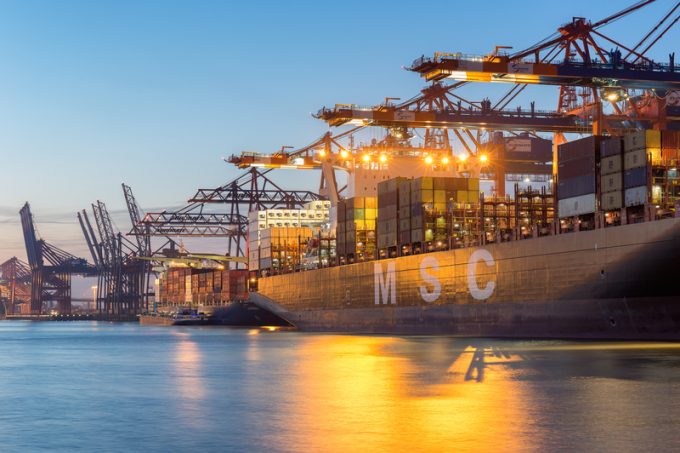CMA CGM to reflag box ship as the French carrier eyes growing Indian market
The box carrier heavyweights appear to be increasingly romancing the Indian market, with trade indicators ...

Ocean carriers are launching a raft of GRI and FAK rate increases next week to take advantage of an expected cargo rush ahead of the early Chinese New Year (CNY) holiday in January.
The lunar festival for the Year of the Rat starts on 25 January, and carriers are already claiming they are see “strong market demand” for space.
Accordingly, they have also started announcing separate peak season surcharges (PSSs) across a range of export routes from Asia for next month.
And, having ...
Outlook for container shipping 'more uncertain now than at the onset of Covid'
Transpac container service closures mount
Shippers warned: don't under-value US exports to avoid tariffs – 'CBP will catch you'
Cancelled voyages take the sting out of spot rate declines this week
New Houthi warning to shipping as rebel group targets specific companies
K+N CEO unveils impact of US import tariffs on China-origin goods
Blanked sailings in response to falling demand 'just a stop-gap solution'
CMA CGM to reflag box ship as the French carrier eyes growing Indian market
UK pauses tariffs on 'everyday' items
Boeing looks to resell up to 50 aircraft rejected by Chinese buyers
'Strong start' to 2025, despite market uncertainty, says Kuehne + Nagel
More pressure on transpacific rates as carriers bet on a China-US trade deal
US Customs chaos means 'more downside risk than upside potential' for air cargo
Taiwan ministries act to mitigate effect of trade war on agriculture exports
Wan Hai joins box shipping 'arms race', but avoids Chinese yards for newbuilds

Comment on this article